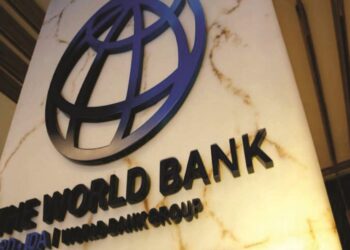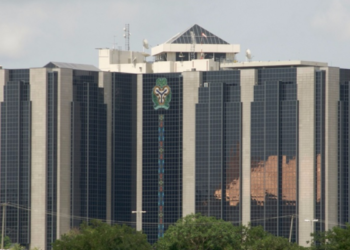Nigeria’s external reserves have recorded a sustained rebound for the first time in 2025, rising by $364 million between April 30 and May 14, 2025.
This marks the first consistent two-week upward trend in the country’s foreign reserves since they peaked on January 6, 2025, at $40.92 billion.
According to the latest figures published by the Central Bank of Nigeria (CBN), the gross external reserves stood at $37.934 billion on April 30 and reached $38.298 billion by May 14, reflecting a 0.96% increase in just 14 days.
The new trajectory comes after months of gradual depletion and volatility, largely attributed to intense pressure from external debt repayments.
A reversal from the early 2025 decline
The current upward movement is significant because it marks the first uninterrupted rise since Nigeria’s external reserves peaked at $40.92 billion on January 6, 2025. Following that high, reserves declined steadily amid FX demand pressure and falling oil production and prices. By the end of April, Nigeria had lost about $2.62 billion in reserves in about four months.
The May rebound is therefore more than just a data point—it represents a potential shift in the underlying direction of Nigeria’s external accounts. Although a $364 million increase is still modest in the broader macroeconomic context, it is the most substantial build-up within a short window this year and points to increasing foreign currency liquidity.
Rebound signals confidence in FX Reforms
The uptick in reserves is widely interpreted as a positive response to the CBN’s renewed push for FX market liberalization and its efforts to restore transparency in the FX market.
The current reserve accretion also reflects a more conservative FX management strategy by the CBN. Rather than intervening aggressively to defend the naira at all costs, the bank has shifted to a more hands-off approach, letting the exchange rate reflect market dynamics while conserving reserves for critical interventions. This shift has helped reduce speculative demand and discourage hoarding behavior among businesses and individuals.
At the same time, improved digital tracking of FX flows, tighter scrutiny on foreign exchange misuse, and enhanced oversight of Bureau de Change operators have helped limit leakages. As FX demand becomes more demand-driven and less subsidized, and reserves are no longer being drained by artificial price controls.
What you should know
In an earlier statement, CBN Governor Olayemi Cardoso attributed the increase in net reserves to strategic policy decisions aimed at enhancing investor confidence, reducing vulnerabilities, and building a more robust reserve position.
He said, “This improvement in our net reserves is not accidental; it is the outcome of deliberate policy choices aimed at rebuilding confidence, reducing vulnerabilities, and laying the foundation for long-term stability.”
The CBN remains optimistic about sustaining the upward trend in 2025. While the first quarter saw some seasonal adjustments, including significant interest payments on foreign-denominated debt, the underlying economic fundamentals remained strong. The central bank noted that reserves are expected to continue improving over the second quarter of the year.
According to the CBN, reserves are expected to maintain an upward trajectory, driven by improved oil production and a more favorable export environment, particularly in non-oil sectors. These factors are likely to enhance Nigeria’s external liquidity and support a stable exchange rate.
Cardoso reiterated the CBN’s commitment to prudent reserve management, transparent reporting, and macroeconomic policies aimed at maintaining stability, attracting investment, and building long-term economic resilience.
In the near term, the strengthened reserves should also help stabilize the naira, provide headroom for the CBN to meet external debt obligations, and enhance credit confidence among international lenders and rating agencies. However, the sustainability of the reserve build-up will depend on maintaining investor confidence, keeping oil production stable, and reducing the fiscal reliance on imports and external borrowing.






















